Gardening/Crops in Colonial America
sujiwan_gw 6b MD/PA
19 years ago
Related Stories

SPRING GARDENINGSummer Crops: How to Grow Strawberries
Pluck your own sweet strawberries right from the garden vine for smoothies, salads or eating then and there
Full Story
SUMMER FRUITS AND VEGETABLESSummer Crops: How to Grow Beans
Grow your own beans for amazing variety and healthy, convenient produce all summer
Full Story
GARDENING GUIDESOrganic Matters: Thwart Insect Pests With Trap Crops
Add a few sacrificial plants to your garden to lure insects away from the harvest
Full Story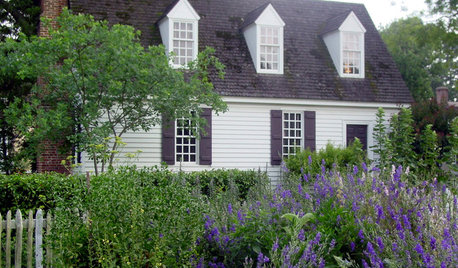
REMODELING GUIDESCapes Across America
Cape Cod design — and its dream of a relaxed seaside lifestyle — finds a home across the country
Full Story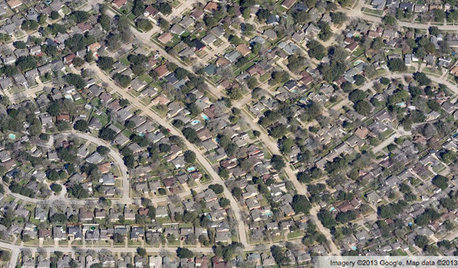
COMMUNITYGet a Bird's-Eye View of America's Housing Patterns
See the big picture of how suburban developments are changing the country's landscape, with aerial photos and ideas for the future
Full Story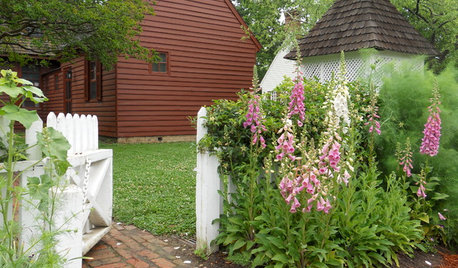
INSPIRING GARDENSSpring Garden Ideas From Colonial Williamsburg
Discover old-time resourcefulness — how gardeners worked the land, used local materials and more — to apply to your landscape today
Full Story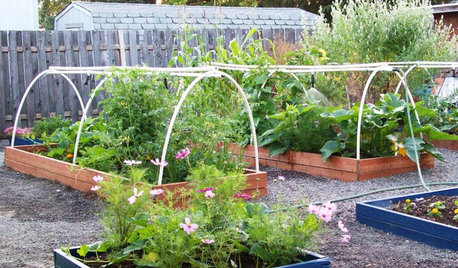
BENEFICIAL INSECTSAttract Pollinators for a Productive Edible Garden
You can lure bees, butterflies and birds into your yard with the right flowers and nesting spots
Full Story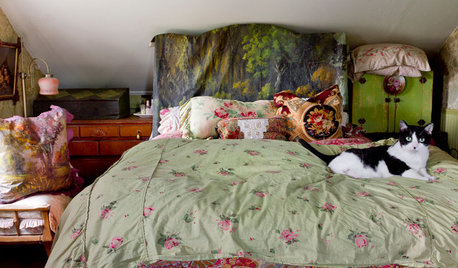
REMODELING GUIDESMy Houzz: Layers of Patina and an Artist’s Touch in a New York Colonial
Antiques and loads of found treasures mix with collections and art in a very personal home and studio
Full Story
HOUZZ TOURSMy Houzz: Elegant Redo of a Hollywood Spanish Colonial
A film producer takes a cue from his Scottish roots to bring comfort and familiarity to his home in the Hollywood Hills
Full Story
KITCHEN OF THE WEEKKitchen of the Week: Colonial Kitchen Opens Up to Scenic Views
A lack of counters and a small sink window motivate a New York couple to update their kitchen to add space for their busy family
Full StorySponsored
Experienced Craftsman & Exceptional Quality Masonry in Franklin County
More Discussions






PucPuggyII
gulliblevolunteer
Related Professionals
Chelmsford Landscape Contractors · Lees Summit Landscape Contractors · Leicester Landscape Contractors · Lemont Landscape Contractors · Live Oak Landscape Contractors · Norridge Landscape Contractors · Denton Siding & Exteriors · Kennewick Siding & Exteriors · Conway General Contractors · Erlanger General Contractors · Groton General Contractors · Hammond General Contractors · Havelock General Contractors · Saint Andrews General Contractors · South Windsor General Contractors